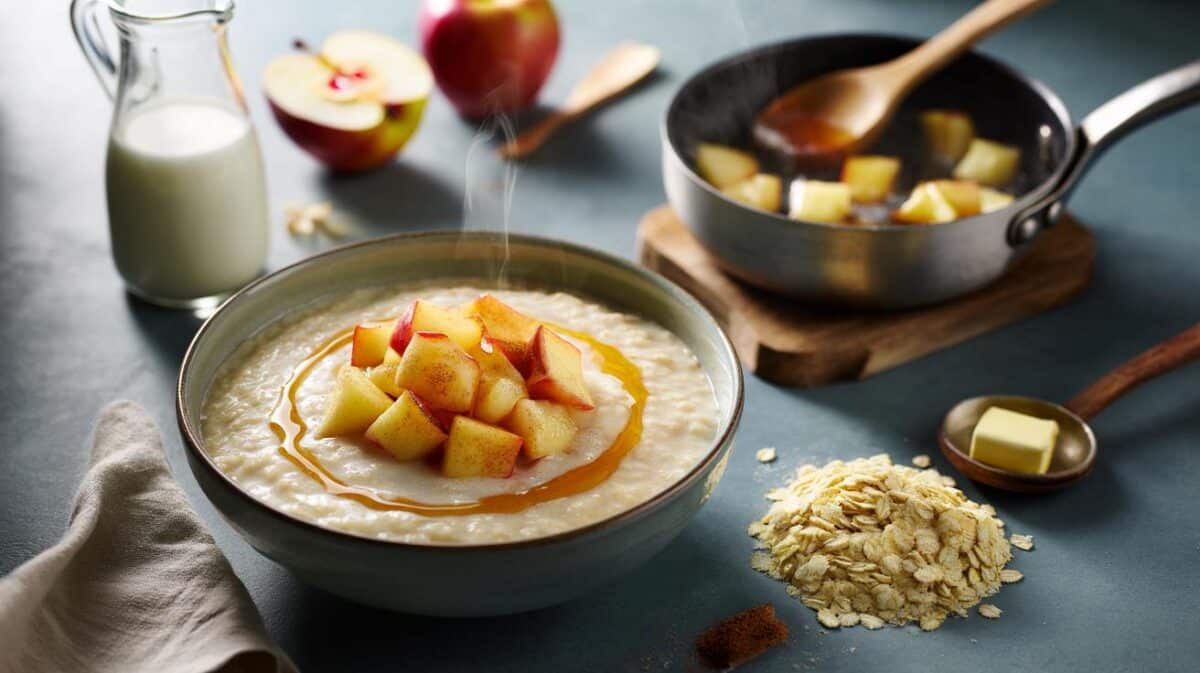Scientists now say a small, nocturnal mammal could be tweaking coffee chemistry in a way your grinder never will. Their research points to measurable shifts in fats, proteins and aromatic compounds when beans pass through the gut of the Asian palm civet. The result, they argue, may explain a cup that tastes creamier, smells richer and feels gentler on the palate.
The animal behind the world’s priciest cup
The Asian palm civet roams across southeast Asia, south China and the Indian subcontinent. It eats fruit at night and scatters seeds by day, keeping forests ticking over. In some regions, the animal also snacks on ripe coffee cherries. Farmers pick the beans from its droppings, wash them, then roast and sell them as “civet coffee,” also called kopi luwak.
Prices run from $600 to $1,300 per pound, dwarfing even the priciest Starbucks offerings—and raising sharp questions about how civets are treated.
A team led by zoologist Ramit Mitra investigated what actually changes in those beans. They collected 68 wild civet faecal samples and uneaten Robusta beans from estates in Kodagu, southern India. They compared unroasted beans to pin down any chemical signatures linked to civet digestion.
What the researchers tested
The group focused on lipids, proteins, caffeine and a set of compounds called fatty acid methyl esters. These compounds influence aroma and the way flavours carry through the cup. The samples came from freely roaming civets, not caged animals, which matters for both ethics and chemistry.
Beans excreted by civets showed higher fat and elevated fatty acid methyl esters, plus lower protein and lower caffeine than uneaten beans.
Those shifts point to a few likely outcomes. More fat often means a fuller body and longer finish. Fewer proteins can mean fewer bitter fragments after roasting. Less caffeine tones down perceived bitterness. The jump in certain fatty acid methyl esters has links to creamy, dairy-like notes that many tasters describe as “silky”.
Key changes at a glance
- Fat content increased in civet-processed beans.
- Specific fatty acid methyl esters rose, bolstering creamy aromas.
- Protein levels fell, which can reduce harshness after roasting.
- Caffeine levels dropped, often yielding a softer, less bitter cup.
| Aspect | What changed in civet-processed beans | Likely impact on flavour |
|---|---|---|
| Fat content | Higher | Richer body and a lingering, rounded mouthfeel |
| Protein | Lower | Fewer bitter peptides formed during roasting |
| Caffeine | Lower | Smoother perception, less edge on the palate |
| Fatty acid methyl esters | Elevated | Creamy, dairy-like notes and an amplified aroma |
Why a civet’s gut changes beans
As cherries move through the civet’s digestive tract, enzymes and microbes get to work. They nick away at proteins, changing how beans later brown and develop flavour in the roaster. They also reshape the fat profile, shifting the balance towards compounds that carry aroma molecules. The process resembles controlled fermentation, but it happens inside an animal rather than in tanks or drying beds.
Because the civet eats only the ripest cherries, the starting material already skews sweet and low in defects. That selection bias, together with gut-driven changes, creates a unique chemical fingerprint. Farmers then recover the parchment-covered beans from droppings, clean them thoroughly and dry them for sale.
What roasting might do next
The team worked on unroasted beans, so the roasting drum still has the final word. Heat unlocks sugars, breaks down proteins and triggers Maillard reactions that fill your kitchen with complex smells. A lower protein load should produce fewer harsh bitter fragments. More fat can shield delicate volatiles from scorching. The elevated methyl esters could translate into a richer nose in the finished cup.
Expect differences to show most clearly at medium roasts, where sweetness and texture remain in balance. Very dark roasts can mask subtle traits with smoke and carbon. Lighter roasts might better showcase any creamy aromatics but could also highlight acidity, depending on the origin.
Ethics and the price tag
The price rises because supply is scarce and demand is global. That premium also creates pressure to keep civets in cages and feed them cherries, a practice widely criticised. Many buyers now seek beans gathered from wild droppings, where animals roam and feed naturally. Lab checks on chemical markers can help verify claims, especially the profile of fatty acid methyl esters and lipid ratios consistent with civet processing.
Ask sellers how beans were sourced, whether animals were caged, and what lab evidence supports “wild” claims.
Responsible producers typically document harvest areas, cleaning protocols and animal welfare standards. Anything opaque deserves a harder look, particularly at this price.
How to taste what the study suggests
If you ever find a verified sample, brew methods that highlight texture can make the most of the reported chemistry. A metal-filter French press or a flat-bottom dripper preserves oils and body. A paper-filter V60 will dial back some oils and might sharpen clarity. Start with a medium grind, water at 92–94°C, and a dose ratio around 1:16. Taste for creaminess, not just sweetness.
Because caffeine reads lower in these beans, the cup may feel gentler. That does not mean dull. Those extra esters can widen the aroma, adding a dairy-like lift above the usual roasted nut and cocoa of Robusta-heavy profiles.
What this means for the rest of your coffee
Fermentation shapes flavour across the coffee world. Washed, honey and natural processing all modulate sugars, acids and volatiles. The civet merely adds a biological twist. If the idea puts you off, you can chase similar traits without animals: look for well-fermented naturals from India, Indonesia or Brazil, or carefully managed anaerobic lots. These can deliver creamy texture and rounded bitterness at a fraction of the price.
There is also a hygiene question. Proper washing and drying matter when beans come from droppings. Reputable producers detail sanitation steps and moisture targets. Green beans should smell clean and sweet, not barnyard. Roasting at appropriate temperatures further reduces risk, and grinding fresh just before brewing preserves the improved aromatics the study highlights.
The bigger picture for forests and farming
Civets do more than meddle with coffee. By spreading seeds across long distances, they help regenerate forests that buffer farms from drought and heat. When growers earn from wild-sourced beans, they gain a reason to keep trees standing. That creates a small but real incentive for habitat protection in coffee districts under pressure from development.
For buyers weighing value, consider the trade-offs. You pay steeply for scarcity and a distinctive process. You might get a smoother, creamier cup supported by measurable chemistry. You also carry responsibility for how that cup reached you. Look for evidence of wild sourcing, transparent supply chains and third-party lab checks that match the compound patterns reported by researchers.









Cool that n=68 wild samples show higher lipids and FAMEs, but how do sellers prove their lots match that chemisty? Any lab-verifed markers reported on a COA, plus chain-of-custody? Otherwise this feels like marketing sprinkled with science.
So we’re paying rent money for civet-poo espresso shots now? 😅 Hard pass.